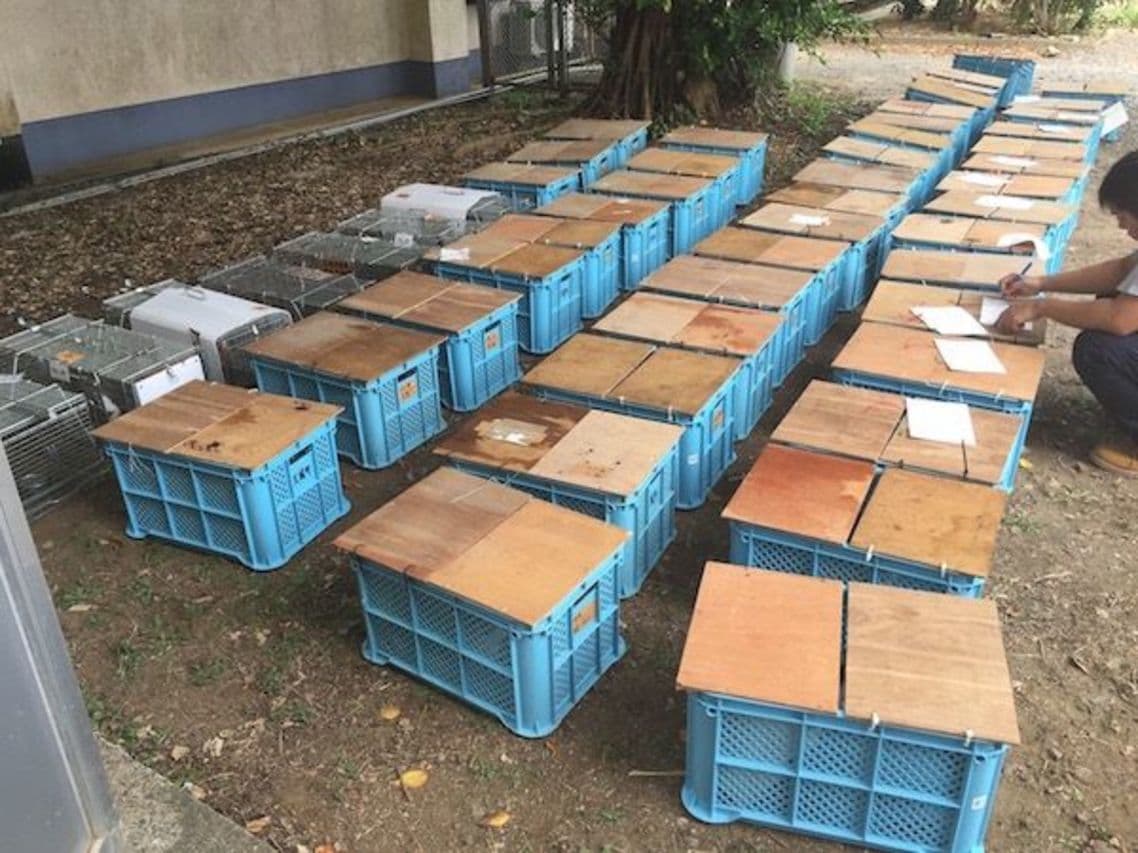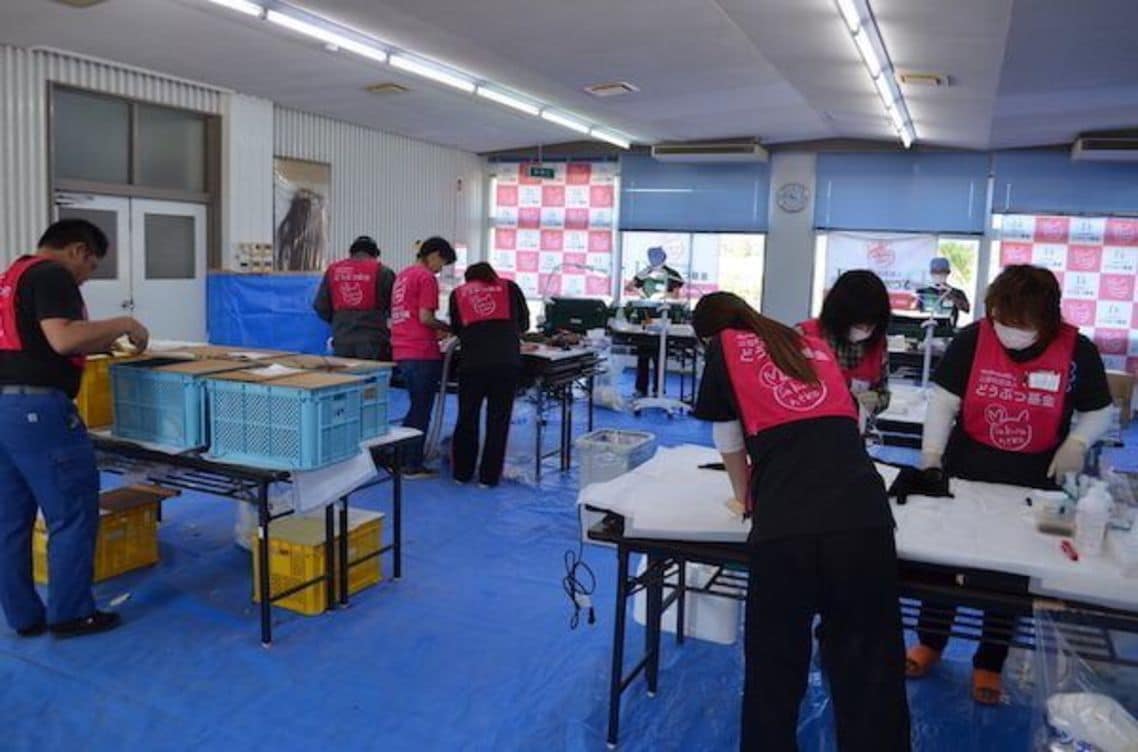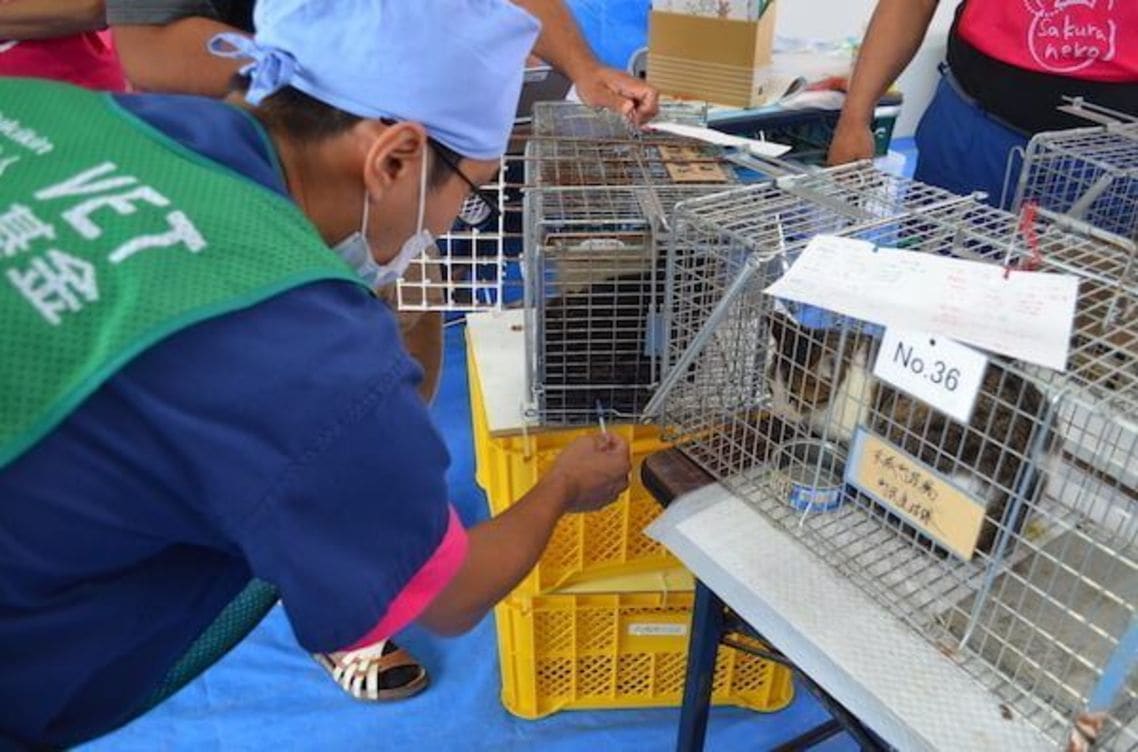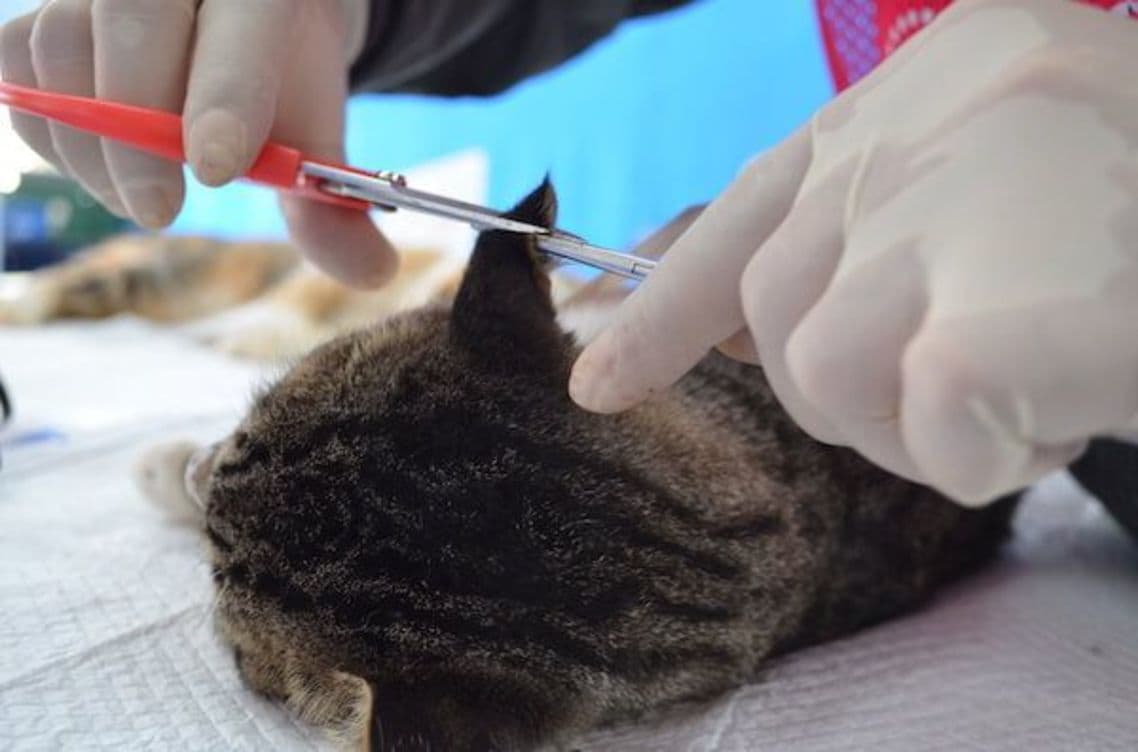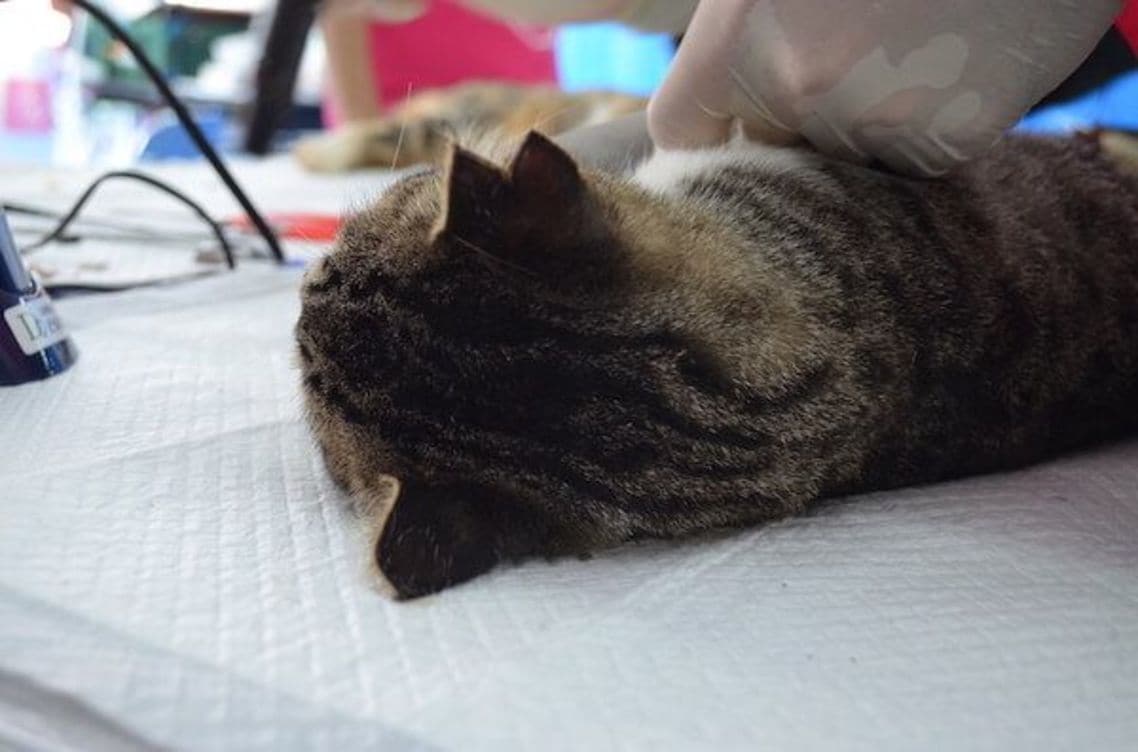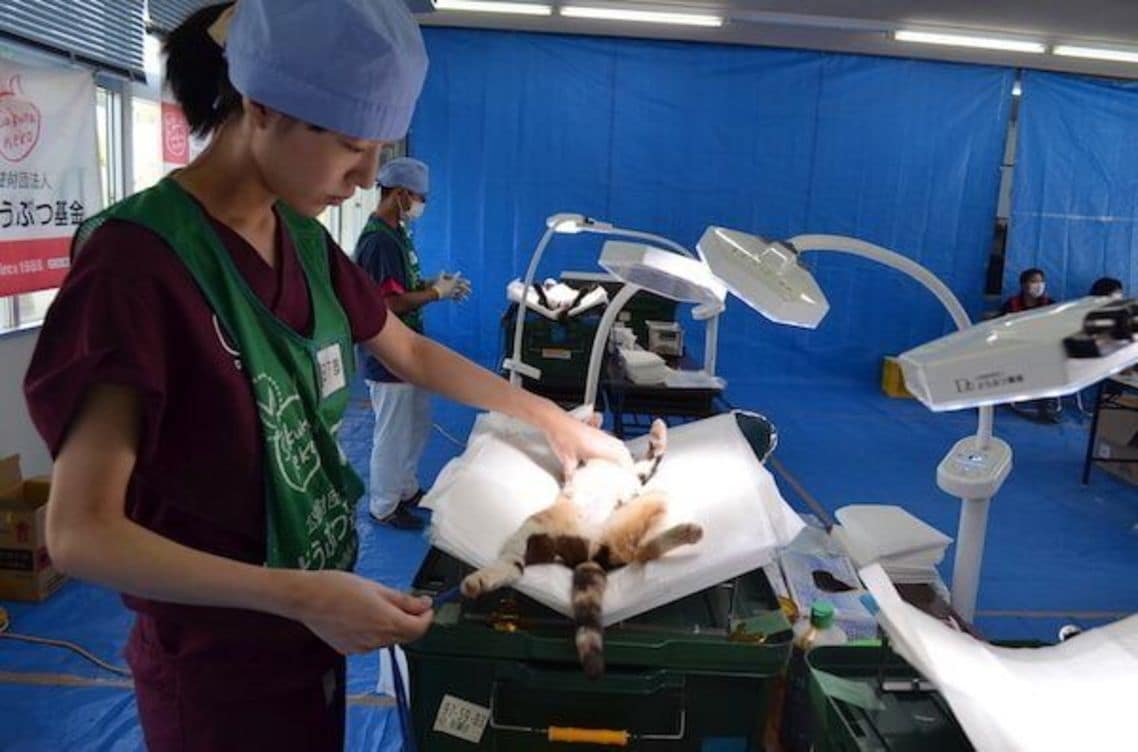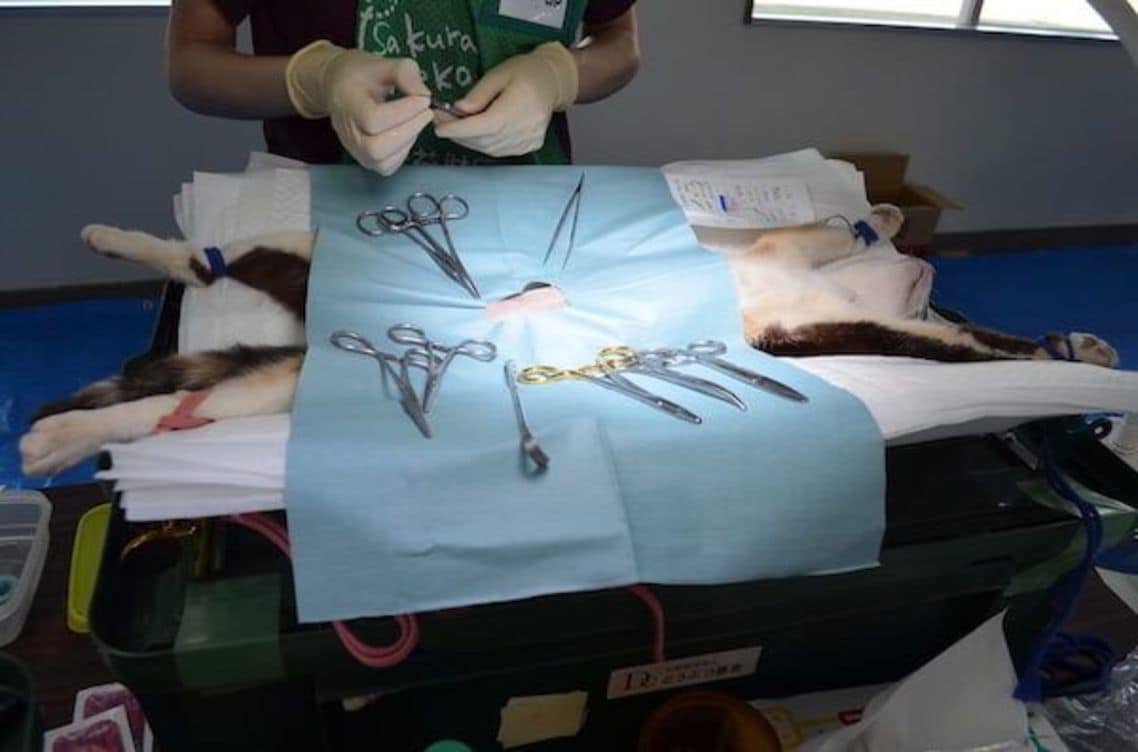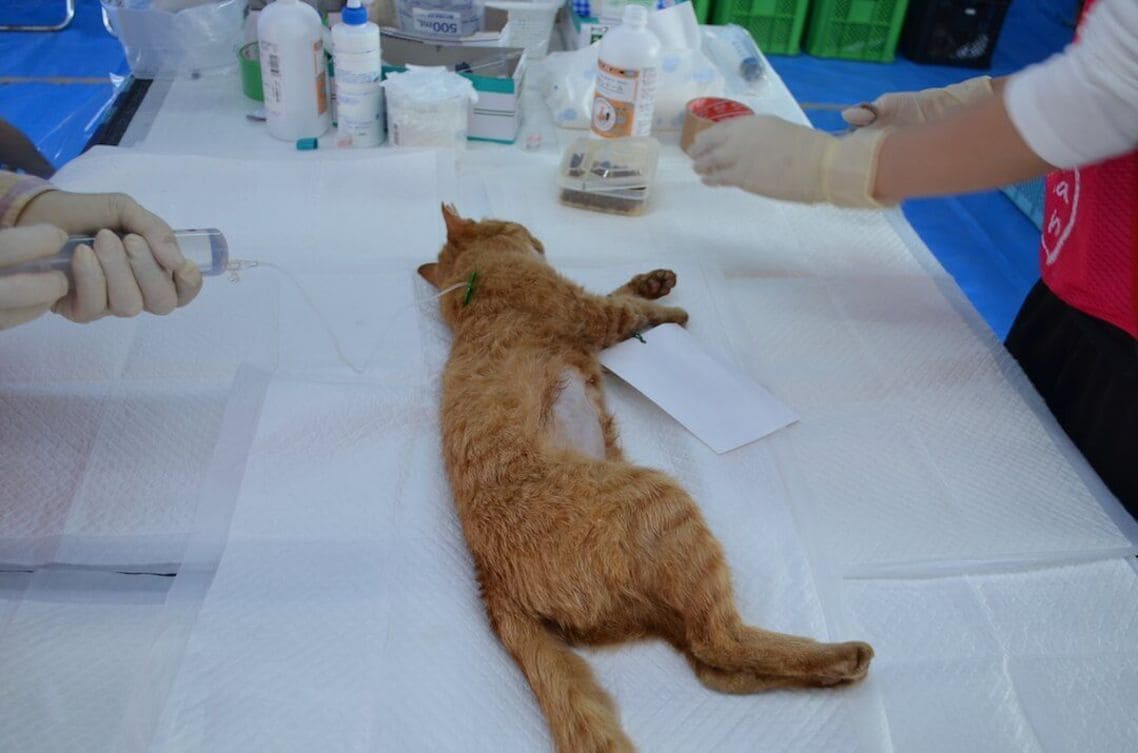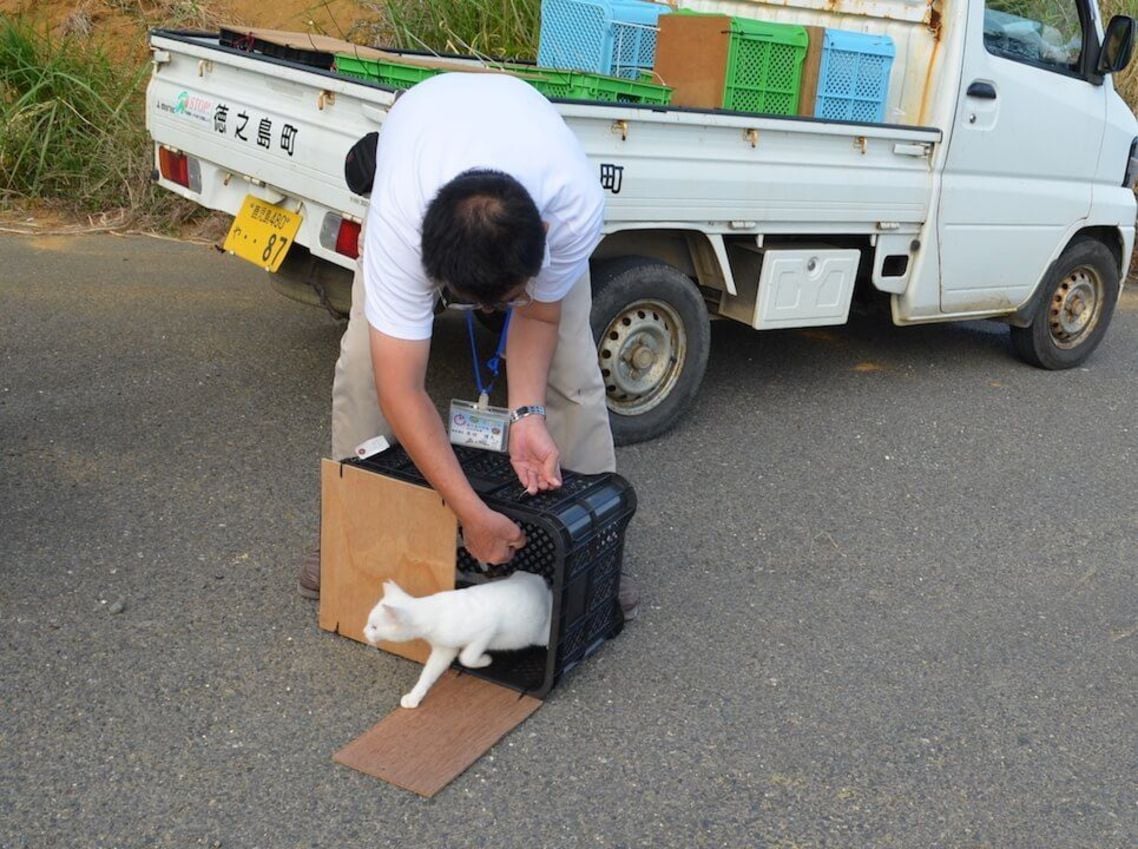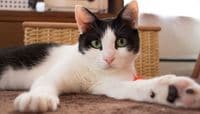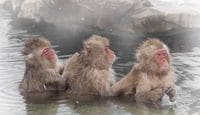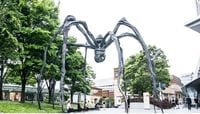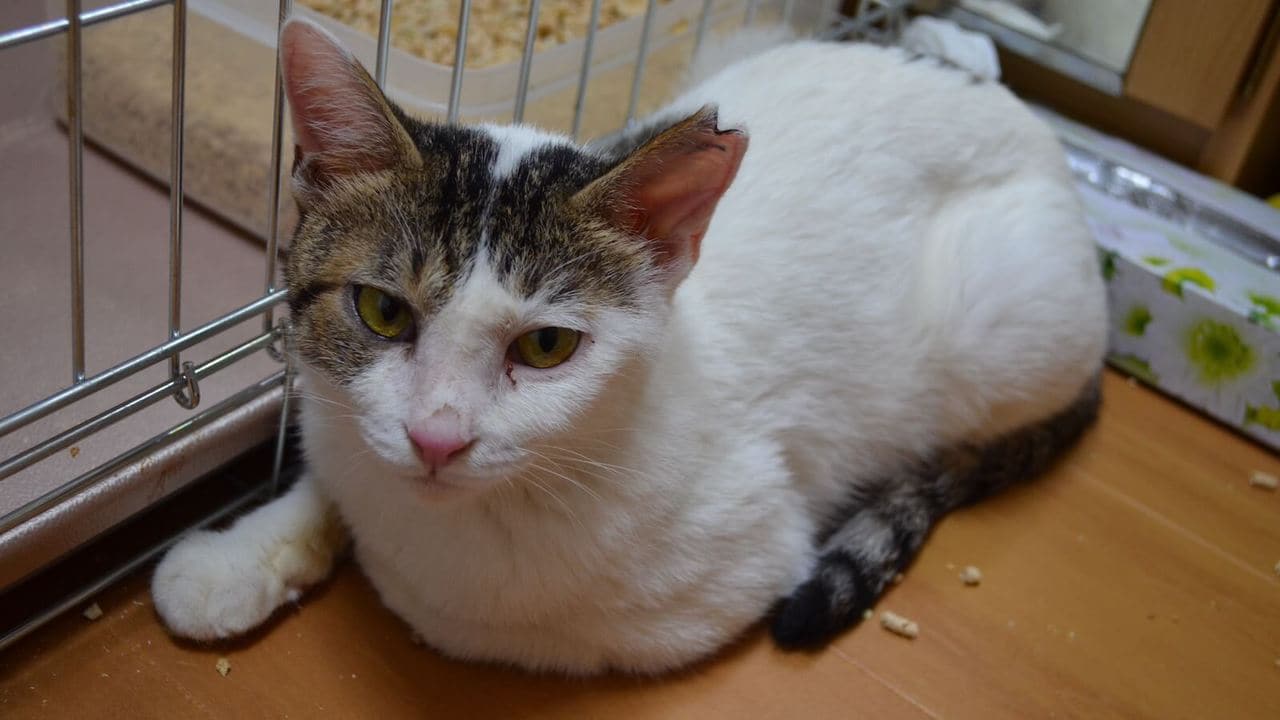
The history of pet ownership in Japan has reached a turning point, as ownership of cats is now poised to overtake that of dogs. Behind this new shift in balance, however, is a somewhat selfish and irresponsible tendency among cat owners.
According to statistics from the Japan Pet Food Association, cat ownership in Japan as of October 2014 had reached 9.96 million pets, representing a 3.7% increase over the previous three years. In contrast, dog ownership declined by 13% to 10.35 million during the same period. The lifetime ownership costs for a cat come to 703,000 yen, compared to 1,185,000 yen for a dog, and as Japan's economic slump drags on, the lower cost of cat ownership is a big advantage.
"Cats keep themselves and their living areas clean and, unlike dogs, they do not need to be taken on walks. As two-income households increase in number, cats are becoming more popular," says Dr.Mitsuaki Ohta of Tokyo University of Agriculture. According to his calculations, "Japan currently has about 11,000 veterinary hospitals and clinics, of which roughly 30% will be closed down in a decade's time."
Medical care costs are higher for dogs than for cats, and the number of dogs being taken to veterinary facilities is decreasing by 500,000 every year, meaning that the total number of dogs examined and/or treated is expected to drop by half (from 10 million to 5 million) in ten years' time. This will inevitably create financial difficulties for veterinary care facilities.
In response, the pet industry is taking various measures to convince people age 70 or older, who hold half of the country's 1,700 trillion yen in personal assets, to adopt dogs as pets. However, because dogs have a long lifespan, averaging 14 years, it is unrealistic to expect people of such an advanced age to care for dogs and cats throughout their lifetime.
America not much better off
According to Japanese government statistics, animal euthanasia totals for FY 2013 included 99,671 cats and 28,570 dogs. In FY 1974, the totals were 1,160,000 cats and 60,000 dogs. Although animal protection measures have steadily pushed these numbers down over time, cat euthanasia has remained consistently higher than that for dogs since FY 2000.
Animal rights groups persist in their claims that Japan should learn from countries such as England and Germany, who are allegedly more advanced in terms of animal rights and have even brought their euthanasia counts down to zero.
However, according to a study published in September 2014 by Masahiro Endo of Japan's National Diet Library, euthanasia is generally illegal in German animal shelters, but law permits the shooting of animals at a specified minimum distance from their owner's home, even if the owner is known. Endo points out that, under this law, 400,000 cats and 65,000 dogs are killed in Germany each year.
According to the same paper, more than 2.7 million cats and dogs were euthanized in American shelters during a one-year period from 2012 to 2013, and in England up to 42,000 cats and dogs are put to death annually. The view held by some that Japan is lagging behind the United States and Europe in this regard appears to be inaccurate.
The trap-neuter-return / trap-neuter-release (TNR) approach is currently considered the best way to prevent cruel and untimely deaths among puppies and kittens. The TNR approach originated in the United States, and in Japan, cats that have been subjected to this approach are often referred to as "cherry blossom cats."
It is common to take a V-shaped cut out of the cat's ear to indicate that it has been sterilized/castrated, and because such ears resemble the shape of a cherry blossom's petal, the phrase "cherry blossom cats" was coined.
TNR efforts spread throughout Japan after taking hold several years ago, and Dobutsu Kikin, an incorporated public interest foundation, has served as a leader in this field. The foundation is currently pursuing a large-scale project on the island of Tokunoshima, situated off the southern tip of the Japanese mainland. The goal of this project is to make the estimated 3,000 felines living on the island into cherry blossom cats.
On Tokunoshima, it is common to let cats roam loose in the wild, yet not a single animal clinic existed on the island until June of this year. There is a specific reason the abovementioned humane project was initiated on an island where very few people concern themselves with animal rights and protection: The Amami rabbit (also known as the Ryukyu rabbit), a rare species today, lives on this island.
Furthermore, the local government has been striving in recent years to attain World Natural Heritage status for Tokunoshima. Unfortunately, the Amami rabbit is now on the verge of extinction as they are frequently hunted down and eaten by the island's many now-feral cats.
In response, the local government has requested that Dobutsu Kikin implement comprehensive TNR efforts in order to control the local cat population, which will help the former meet their World Natural Heritage site registration criteria.
Kunihisa Sagami, Board Chairperson of Dobutsu Kikin, leads an outstanding doctors' association and commands powerful fund-procurement capabilities. Through fundraising efforts around the country, he has managed to successfully spay and neuter animals through TNR activities across Japan.
Since November of last year, he has visited Tokunoshima Island five times for several days each to spay and neuter the cats living there, and Dobutsu Kikin has already completed spaying/neutering for 1,976 cats, which accounts for about two-thirds of the project's final target.
"Cherry blossom cats"
On November 7, I visited Tokunoshima to observe the spaying/neutering efforts taking place. The tiny TNR team comprised of just three veterinarians and local staff captured cats, anesthetized them, and completed the necessary surgeries. We watched in awe as the veterinarians called upon seemingly superhuman skills and techniques to complete surgeries for 108 new cherry blossom cats in just one day—rather than a medical team, they looked like skilled technicians carrying out systematic assembly work at an automotive plant.
According to the proud boasts of Chairperson Sagami delivered at the surgery facility, "the knowledge and techniques used here are the best in the world."
It's easy to acquire feline patients for spaying/neutering in this situation because the surgery and follow-up care are offered free of charge. If the same 1,976 cats were operated on and treated as usual at Tokunoshima's sole veterinary care facility, the total cost for all animals would come to 65 million yen.
As it stands, Dobutsu Kikin is footing the bill for all of Tokunoshima's TNR activities, and under the current project they aim to reach their end target of 3,000 cherry blossom cats by the end of March 2017 through three more veterinarian team dispatches.
It is a bit disappointing that Tokunoshima's local government requested these TNR procedures not in a spirit of animal protection, but for the more self-serving goal of achieving World Natural Heritage status.
Nevertheless, the lineages of Tokunoshima Island's cats will end with the current generation, freeing them from the pain and suffering of childbirth and other trying circumstances. These cats' offspring will also be spared untimely and unpleasant deaths by killing. In other words, TNR activities will put an end to the once-endless cycle of feline suffering.

